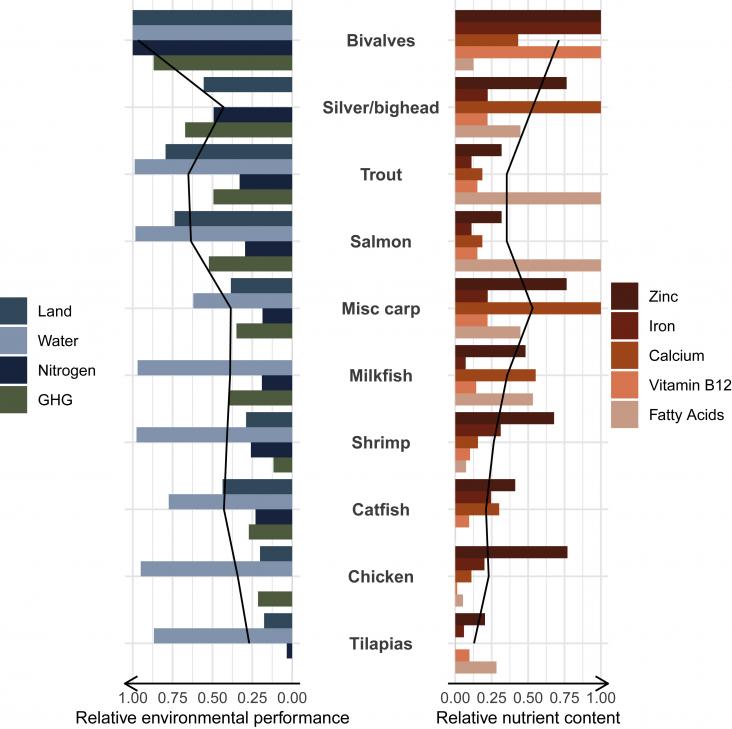The article emphasizes the critical need to address the water-food-carbon nexus for sustainable agriculture amidst water scarcity and climate change. Agricultural practices consume large water volumes and generate significant greenhouse gases (GHGs), with consumer food choices indirectly influencing these impacts. Regional dietary patterns further complicate sustainability efforts. The review highlights the importance of reducing water use and GHG emissions in agriculture, promoting plant-based diets for environmental and health benefits, and incorporating comprehensive footprint assessments and socio-hydrology in future research.
An Article in support of SDGs 2 and 15, showing that farm-level diversification might contribute to improved nutrition among children and other target groups in some but not all situations, but livestock production seems to be conducive for improving child and adolescent nutrition on average.
An Article in support of SDGs 2 and 3, highlighting that in almost all regions and countries the progress on reducing anaemia in women of reproductive age is insufficient to meet the World Health Assembly's global nutrition target to halve anaemia prevalence by 2030.
The authors conclude improved water, sanitation, and hygiene (WASH activities) were successful in contributing to improved dietary diversity in women. Interventions aimed at enhancing the diet and nutritional status of women during and after pregnancy should include relevant WASH components as essential elements in multisector nutrition programming.
Nutrient-sensitive approach for sustainability assessment of different dietary patterns in Australia
American Journal of Clinical Nutrition, Volume 115, 1 April 2022
The study presents a new approach to analyzing the relations between sustainability indicators, foods, and macronutrients and establishes that proteins, irrespective of the source of protein, are driving dietary environmental and economic impacts.
The results in this paper have implications for consumers and policy makers, as well as other food system actors. Consumers following individual strategies can make important contributions towards more sustainable food systems. To facilitate this shift, changes in food environments are needed and a coordinated action plan with coherent policies that targets a thorough redesign of the food system, including several of the proposed strategies, is needed to achieve large systemic effects. This could encompass suitable education measures, incentives, as well as rules for production, processing, retail, gastronomy, transport, and consumption.
Milk alternatives are compared from an environmental and nutritional point of view for more sustainable food systems.
This paper concludes that the SIVESNU (Sistema de Vigilancia Epidemiológica de Salud y Nutrición) surveillance platform is a critical tool for government and partners, addresses key data gaps, and provides high-quality data used to monitor and improve public health in Guatemala.

Aquaculture has been viewed as a potential pathway to healthy and sustainable diets by increasing global nutrient-rich food production while minimizing environmental impacts.
In the journey towards attaining the Sustainable Development Goals (SDGs), large scale organic farming has emerged as a strategy of increasing significance.
